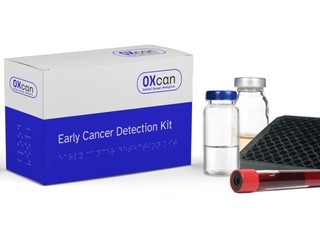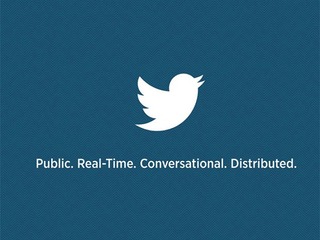

Just days before it’s set to go public, Twitter received a big boost of confidence from the number of people interesting in investing in the company, leading the next hot IPO to bump up its debut price.
The social media company has upped its IPO price, according to a new filing with the Securities and Exchange Commission, on Monday. The shares are now being priced between $23 and $25, up 30% from the previous price of $17 to $20 a share.
That means that the company, which is selling 70 million shares, could now net up to $1.75 billion. That is up some from the $1 billion the company was planning to raise previously.
The final IPO price is expected to be set on Wednesday night, with initial trading beginning on Thursday.
That Twitter would be raising the price is not very surprising. The sale of the stock was already reportedly oversubscribed, indicating that interest for its shares were on the rise, partially due to the lower than expected share price.
The higher price point is also another indication that the market is hungry for growth, and understand that growth often comes at the expense of profits.
Twitter saw rapid revenue growth from 2011 to 2012, jumping 198% to $316.9 million. And it’s net loss decreased by 38% to $79.4 million. But while revenue in the first six months of 2013 also rose, going up 107% to $253.6 million, so did the company’s net loss. That rose 41% to $69.3 million.
Raising an IPO price in the days leading up the offering due to increased demand is actually pretty common these days.
LinkedIn raised its price two days before its IPO, while Facebook did so only four days before, while Pandora did the same five days before, as did Zillow.
IBM lawsuit
In addition to the new pricing, Twitter also revealed in the filing that it is currently being sued by IBM over alleged patent violations.
IBM cited three separate patents that it is accusing Twitter of violating: one having to do with efficient retrieval of uniform resource locators, another with the method for presenting advertising in an interactive service and the last dealing with programmatic discovery of common contacts.
Twitter explained the lawsuit as a routine occurance in the industry.
“Companies in the Internet, technology and media industries own large numbers of patents, copyrights, trademarks and trade secrets, and frequently enter into litigation based on allegations of infringement, misappropriation or other violations of intellectual property or other rights,” Twitter wrote.
“Many companies in these industries, including many of our competitors, have substantially larger patent and intellectual property portfolios than we do, which could make us a target for litigation as we may not be able to assert counterclaims against parties that sue us for patent, or other intellectual property infringement.”
Indeed, other companies that were about to go public have found themselves in a similar situation. In fact, Yahoo did almost the exact same thing to Facebook before its IPO last year, accusing the company of 10 patent infringements.
Yahoo and Facebook were able to patch up these differences after Yahoo CEO Scott Thompson was ousted from the company shortly after the case began.
(Image source: http://www.huffingtonpost.com)

















